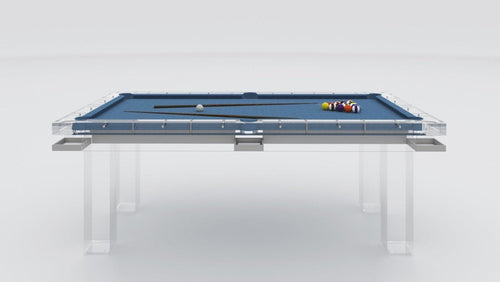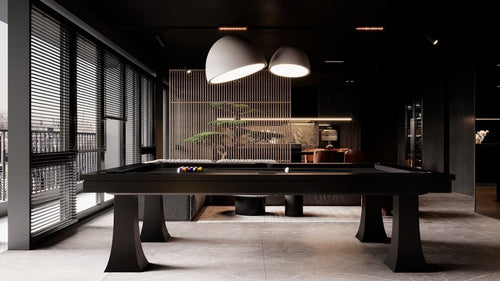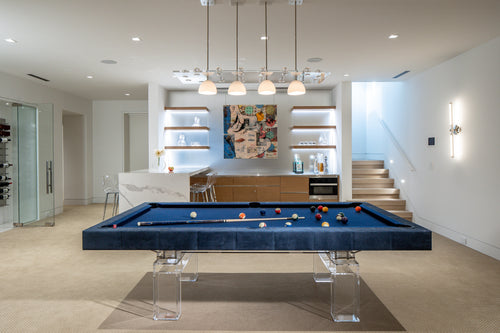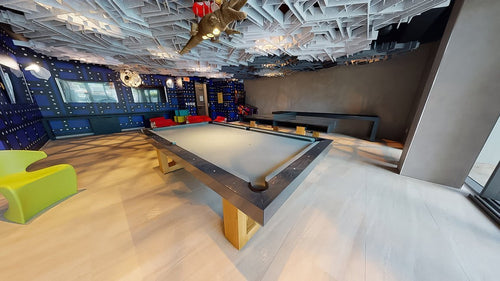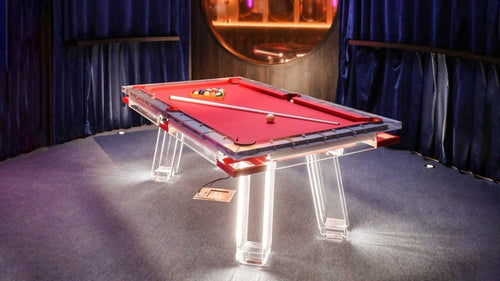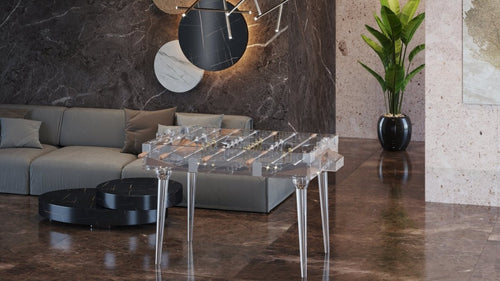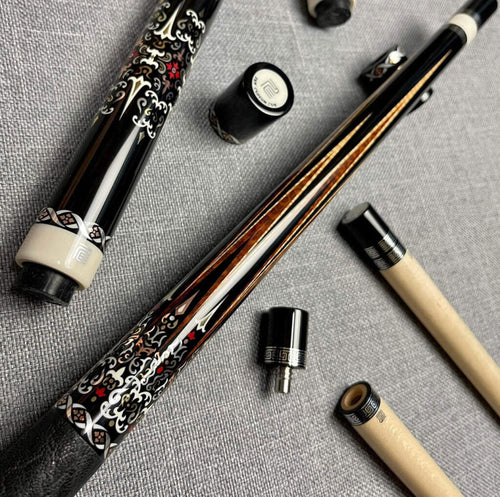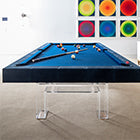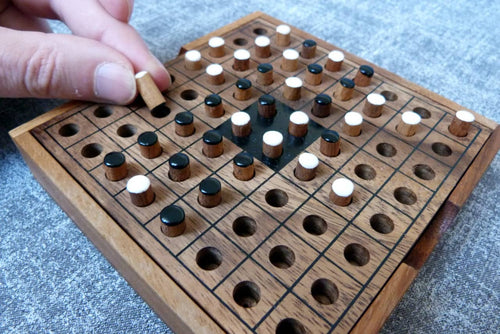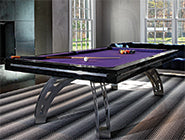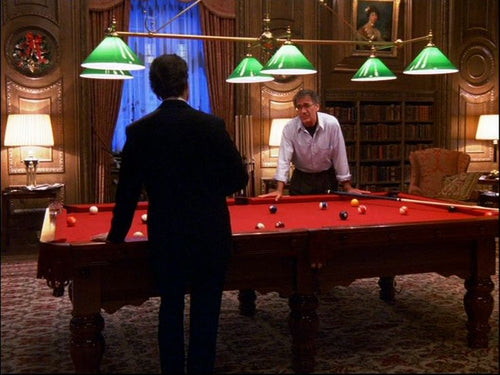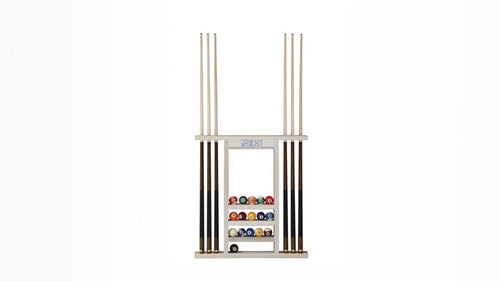Enjoy our modern designs
Design Legends |
Neither a modern purist nor a postmodern provocateur, Kahn found clarity—and spiritual resonance—in mass, shadow, and the elemental play of daylight.
1 | From Unknown Draftsman to Global Prophet
- Born in Estonia, raised in Philadelphia; B.Arch., University of Pennsylvania, 1924.
- Cut his teeth in eclectic offices, then joined George Howe before WWII.
- Reputation exploded in the 1950s via magazine spreads that showcased a new kind of monumentality—ancient yet futuristic.
2 | Philosophy: “What Does the Brick Want to Be?”
- Timeless Geometry – Circles, squares, and vaults stripped of ornament.
- Serving vs. Served – Utilities in robust towers; people in airy volumes.
- Light as Creator – Openings positioned so illumination feels source‑less, sacred.
- Introspective Restraint – Massively built yet never showy; silence over spectacle.
3 | Key American Masterworks
| Year | Project | Signature Interior Move |
|---|---|---|
| 1953 | Yale University Art Gallery | Triangular coffer slabs give the ceiling its own architecture. |
| 1961 | Richards Medical Labs, UPenn | Brick service towers separate from glass‑walled labs. |
| 1969 | First Unitarian Church, Rochester | High clerestories make light appear from nowhere. |
| 1972 | Phillips Exeter Library | Books ring a skylit atrium pierced by giant circular cutouts. |
| 1972 | Kimbell Art Museum, Fort Worth | Hidden skylights top cycloid vaults, diffusing daylight with perfect softness. |
| 1974 | Yale Center for British Art | Twin courts pull natural light deep into the galleries. |
Benjamin Baldwin tailored furnishings and details for Exeter and the British Art Center, amplifying Kahn’s spatial calm.
4 | Global Commissions
- Indian Institute of Management, Ahmedabad – Brick arcs and voids moderate the desert sun (1962‑74).
- National Assembly, Dhaka – Monumental concrete pierced by geometric light scoops; completed posthumously (1962‑83).
These works prove Kahn’s language transcended climate and culture—ancient in spirit, modern in execution.
5 | Contrast & Influence
Where contemporaries like César Pelli chased reflective glitz, Kahn embraced gravity and shadow. Students and peers called him a prophet; Renzo Piano cited the Kimbell as the benchmark for museum daylighting long before “Bilbao Effect” became a meme.
6 | Takeaways for Designers Today
- Honor Materials – Let brick, concrete, or timber express their nature.
- Design the Light First – Volume and openings should choreograph daylight.
- Separate Functions – Clarify circulation, utilities, and occupiable space.
- Seek Quiet Power – Monumentality doesn’t require ornament—just clarity and proportion.



